| View previous topic :: View next topic |
| Author |
Message |
Lucse

Joined: 22 Jul 2015
Posts: 166
Location: EU
|
 Posted: Wed Feb 27, 2019 12:56 pm Post subject: Posted: Wed Feb 27, 2019 12:56 pm Post subject: |
 |
|
Lucse wrote:
Ok, thanks.
Luckily the most important part in your explanation is that my lens is not one of those  . . |
|
| Back to top |
|
 |
räuber
Joined: 13 Nov 2021
Posts: 33
|
 Posted: Sat Nov 13, 2021 11:31 am Post subject: Posted: Sat Nov 13, 2021 11:31 am Post subject: |
 |
|
räuber wrote:
Last weekend I was in the Technische Sammlungen Dresden. If someone doesn't know about it it is a museum in the previous Ernemann / Zeiss Ikon / Pentacon VEB production building. It houses a collection of cameras and lenses from companies that manufactured in Dresden from the 19th to 20th century. Since the collection has its source in the previous Carl Zeiss Jena / Pentacon VEB production it might span the East German part of photo industry only. And it will stop with the time of the fall of the iron curtain since this was the end of almost all photographic manufacturers in the eastern part of Germany.
Back to topic. I was looking for Sonnar 5cm 1.5 copies there and found a showcase with a special one. It is a black nickel Carl Zeiss Jena 5cm 1.5 lens with the serial 0000000. I could not see if the Sonnar 5cm had a metal mirror inside since it was mounted to a black Contax I camera. It has a differnt Nickel finish as the versions I know. It is almost completely black where the sold versions are only partly black. What makes it special is that it has a max aperture of F32! (this one should not exist). The black nickel versions of the Sonnar 5cm 1.5 have a max aperture of F8 (v1) and F11 (v2) only. Even later Sonnar 5cm / 50mm 1.5 lenses never had a max aperture of F32. I doubt that Bertele was possible to expand the max aperture to F32 in one of its prototypes.
I was wondering over this unique lens until I saw your lens. If you look into the Thiele Fabrikationsbuch all build (and likely tested) prototypes have a valid serial number. So I guess the 0000000 serial lenses are demo lenses for internal and maybe external use. Maybe they are shown on fares. This would be plausible since your lens is not usable at all and has a 'perfect' housing. |
|
| Back to top |
|
 |
räuber
Joined: 13 Nov 2021
Posts: 33
|
 Posted: Wed Nov 17, 2021 4:14 pm Post subject: Posted: Wed Nov 17, 2021 4:14 pm Post subject: |
 |
|
räuber wrote:
Here are images of the demo lens from the Technische Sammlungen Dresden. The display says it is a prototype of the Contax (I) camera with an Sonnar 5cm 1.5, Zeiss Icon AG, Dresden since 1932. There is not a single bit of further information about this one there. I think it will be difficult to find someone that can give reliable information about those 000 serial lenses. My guess is that it might be demonstration prototypes of cameras and lenses for internal use. They might be created to show the look and size of the later product. So they could be considered as lens prototypes after all even if they are not operational and usable on a real camera. Since so they might be older than the lens or camera they show. There are differences between these demo prototypes and the final product too. A comparison can be interesting for some.
Speaking about value... Since you can't use them on a real camera the value is not high. Since they are rare and old and demonstrate the history of the lens and camera they have some value for collectors. How much? I can not tell.
#1
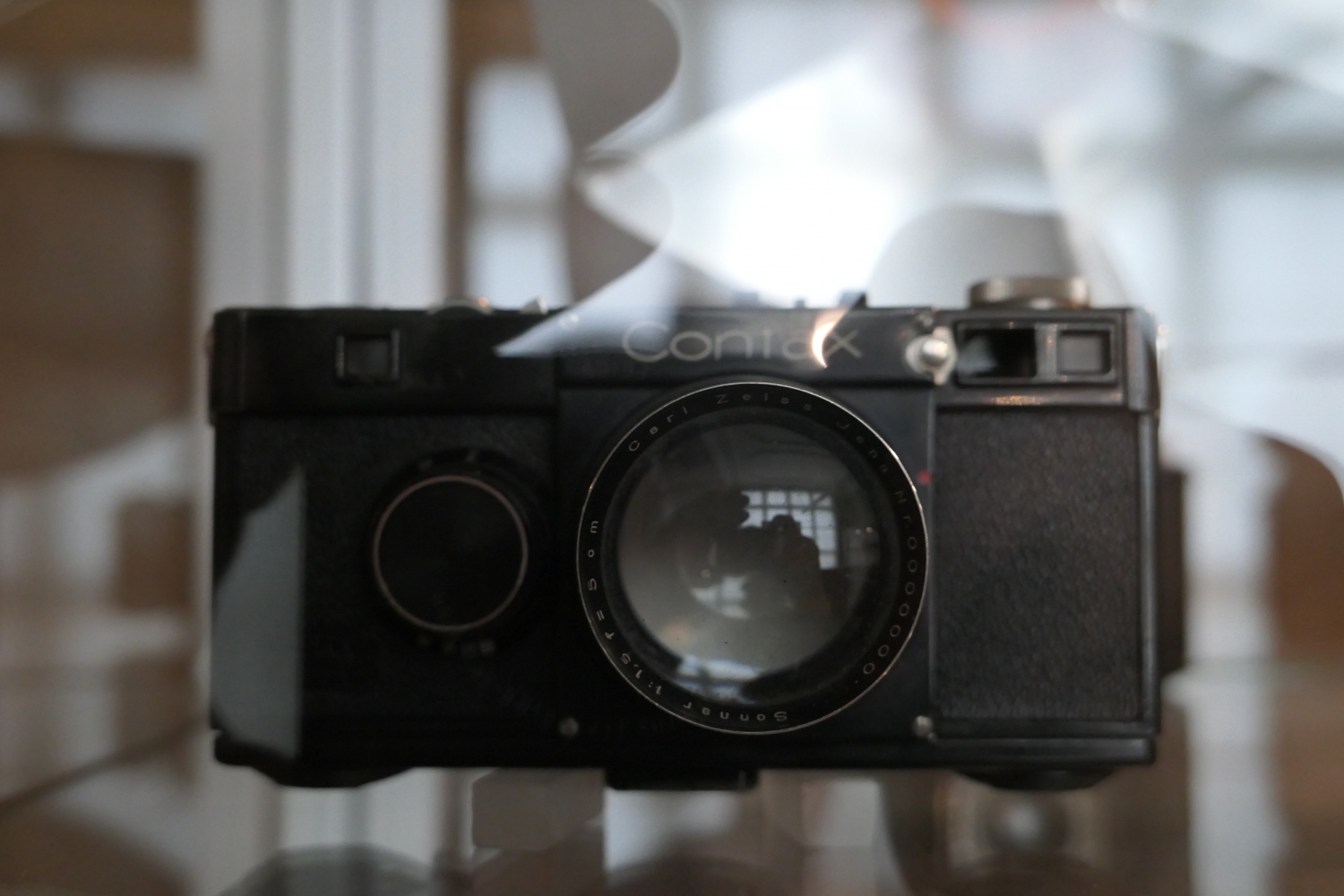
#2
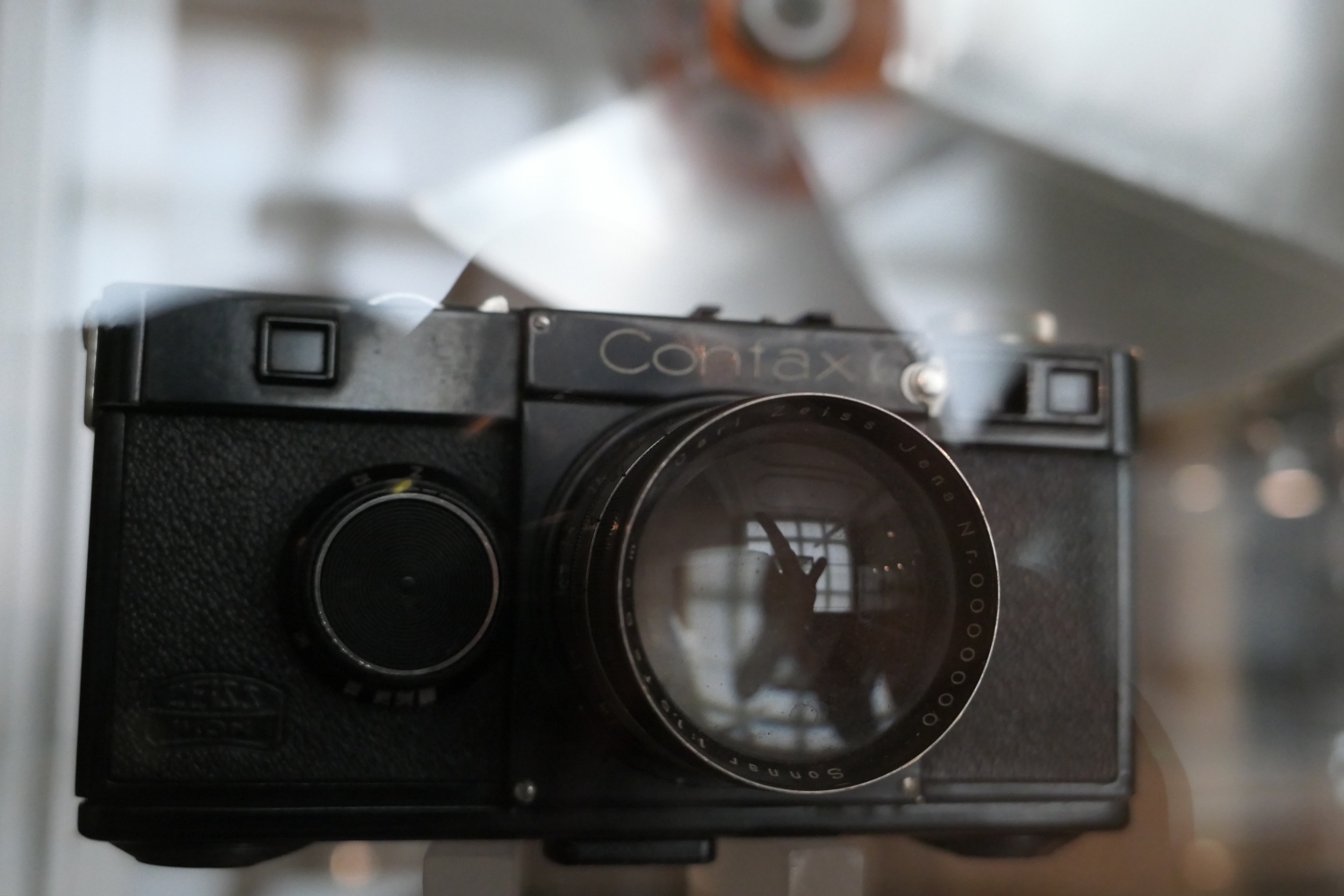
#3
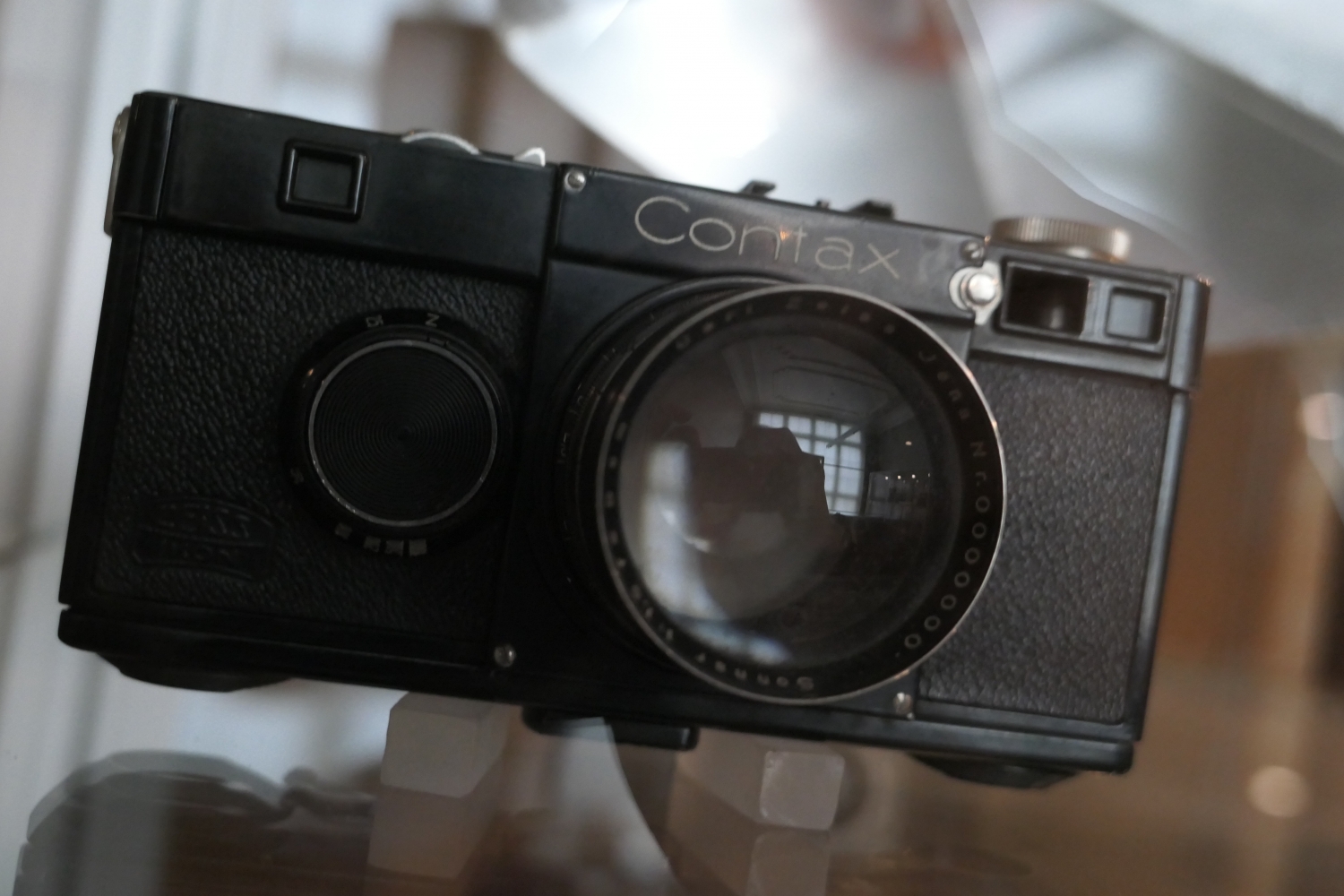
#4
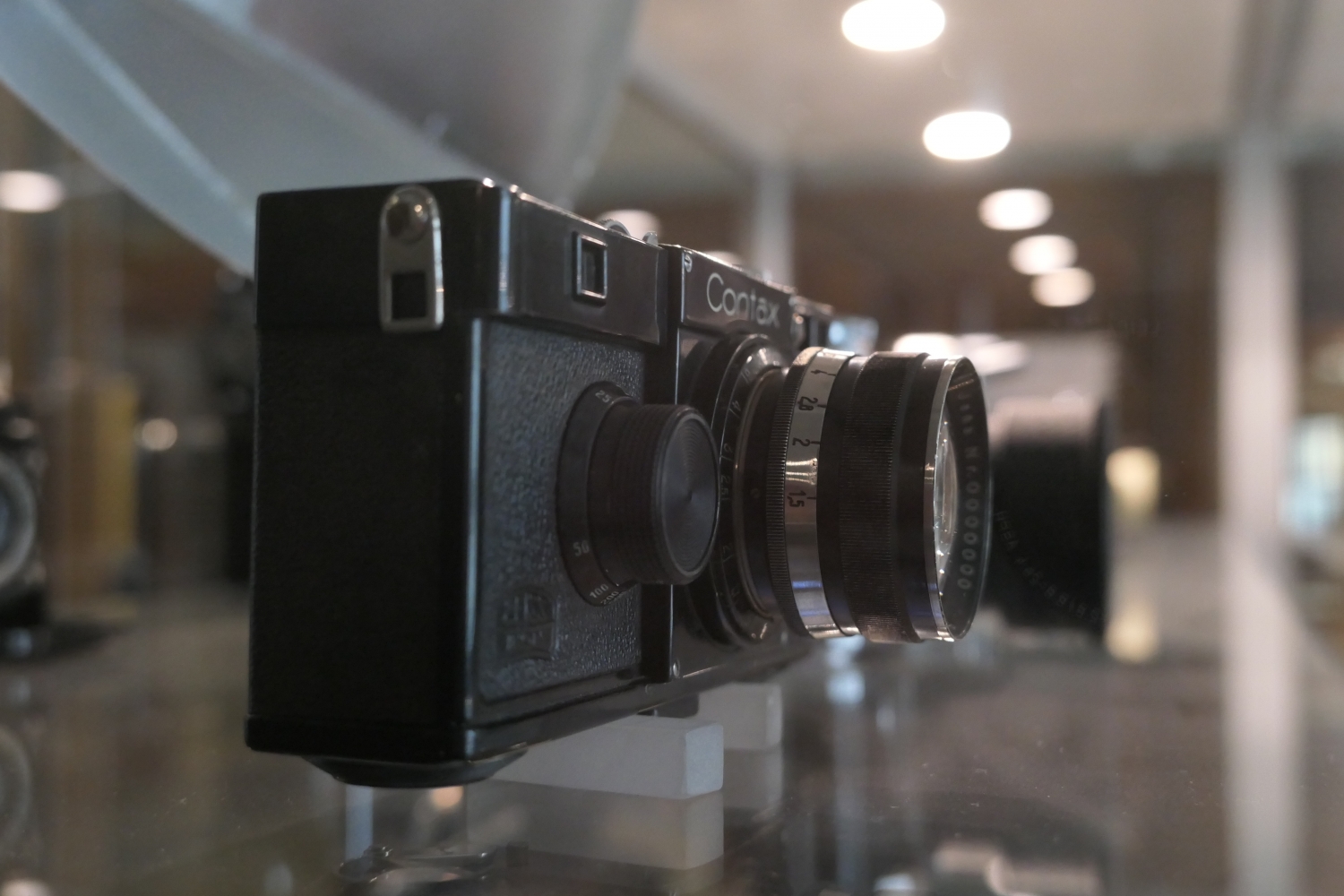
#5

#6
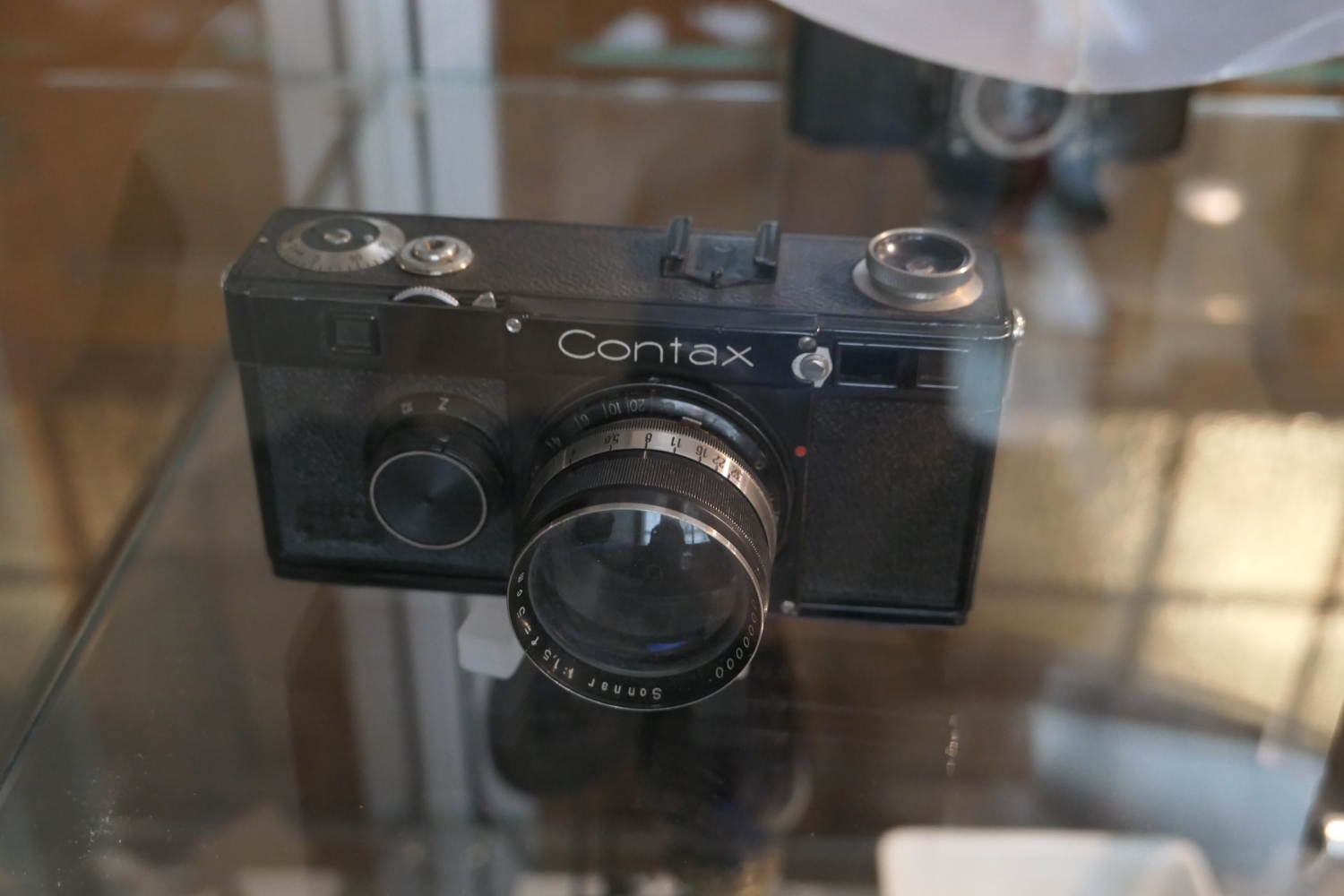 |
|
| Back to top |
|
 |
Lightshow


Joined: 04 Nov 2011
Posts: 3666
Location: Calgary
|
 Posted: Thu Nov 18, 2021 11:50 pm Post subject: Posted: Thu Nov 18, 2021 11:50 pm Post subject: |
 |
|
Lightshow wrote:
Op's lens looks like it could be a cosmetic prototype used to help decide which body version to put into production, I base this opinion on the optics being incomplete and having that metal plate inside (assuming I understand that correctly), there may have been multiple variants to choose from, this could be validated by lack of any matching production lens.
That Contax is an interesting relic...
_________________
A Manual Focus Junky...
One photographers junk lens is an artists favorite tool.
My lens list
http://www.flickr.com/photos/lightshow-photography/ |
|
| Back to top |
|
 |
jamaeolus


Joined: 19 Mar 2014
Posts: 2965
Location: Eugene
Expire: 2015-08-20
|
 Posted: Fri Nov 19, 2021 12:16 am Post subject: Posted: Fri Nov 19, 2021 12:16 am Post subject: |
 |
|
jamaeolus wrote:
One of a kind! Mock up for decision-making on styles or such. Wow!
_________________
photos are moments frozen in time |
|
| Back to top |
|
 |
kymarto


Joined: 30 Nov 2016
Posts: 409
Location: Portland, OR and Milan, Italy
|
 Posted: Fri Nov 19, 2021 10:22 pm Post subject: Posted: Fri Nov 19, 2021 10:22 pm Post subject: |
 |
|
kymarto wrote:
| Ernst Dinkla wrote: |
| Lucse wrote: |
| Ernst Dinkla wrote: |
Looks like a demo. I know wide angle barrel lenses with only half of a symmetrical lens design in front of a mirror where the aperture normally is put. Copy machine optical part for 1:1 Reproduction. Your lens is not one of them.
In the 1980's I had two of the copy lenses and had them machined on a lathe to connect to a symmetrical lens without the mirrors. It did not really deliver bestond 1:1. Wide coverage though. |
I am very sorry but I do not really understand what it is that you are saying.
(In total honesty: I don't even have a clue what it is that you are talking about).
Could you please explain it in a way that I can understand it?
(Edit: Ha, what a small world it is  . .
I just clicked on the link in your signature and I saw that you live only about 12 kilometers or so from where I live). |
I doubt I can explain it better. You mentioned the mirror like part in the lens you have, behind the front lens. That reminded me of the lenses with mirror I had and described in my first message. You still follow me?
Now I will describe the copier lens I was familiar with. A symmetrical lens of the Planat or Plasmat type has 6 elements, aperture in the center, 1 group of two elements + one separate element at each side of the aperture. For 1:1 reproduction of an A3 document that lens is halfway the original and the projected image that will make the copy. If instead of letting the light go through the total of 6 elements only half of that lens is used, so 1 group + one element = 3, and a mirror is put where the aperture was then a symmetrical lens is created again but its optical path is half way reflected. Not easy to use for A3, the image is projected on the original. But if the A3 is cut in half and one part removed the projection of the remaining half falls next to that original and in the same plane. The rest of the machine is mechanics and chemistry. Baffle to block direct light sideways between original and projection plane. Possibly more mirrors in the path to separate the illuminated part further from the projected image and/or vary scaling of the document copy. |
Except that this lens was made long before copiers were a thing. And beyond that a copier lens would most probably not have a beauty ring, and certainly not a serial number of 0000000. This has to be a dummy lens, used for display.
_________________
Vintage lens aficionado |
|
| Back to top |
|
 |
|
|
|
You cannot post new topics in this forum
You cannot reply to topics in this forum
You cannot edit your posts in this forum
You cannot delete your posts in this forum
You cannot vote in polls in this forum
|
